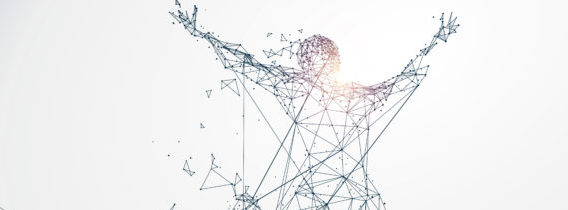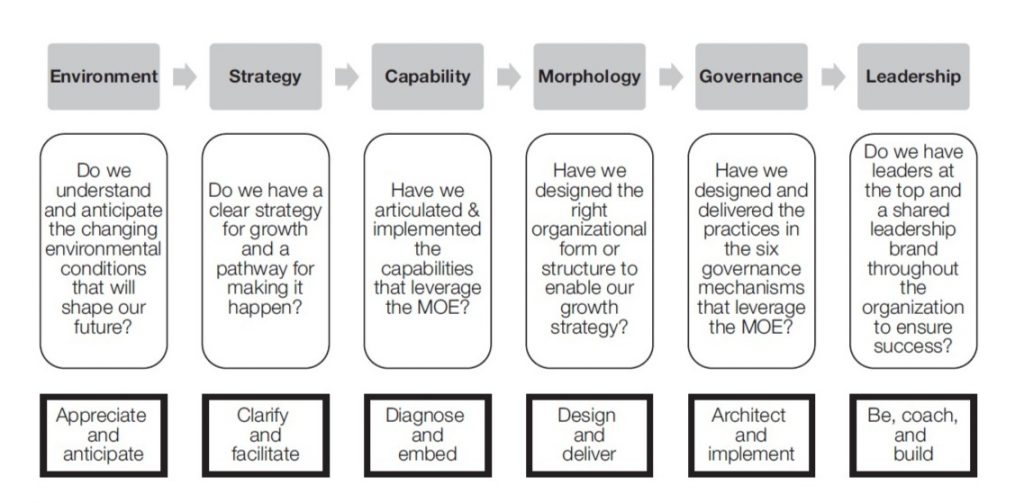A leap forward in AI ethics and safety
July 5, 2024

Dave Ulrich: I got into this career because a passion for
“organizations” that shape how people think, act, and feel. I have always been intrigued with how to
define and create an organization that creates, delivers, and captures value
for all stakeholders. My first book (in
1990) was Organization Capability where we redefined organization less
as structure and more as capabilities. Since then, we have done 10 books
redefining organization. This recent book builds on this earlier work and
highlights an emerging organizational species that draws on dozen of innovative
insights on organization and draws insights from leading organizations today in
China and US.
As a leader seeking to inspire employees, serve customers, delight investors, and exhibit social citizenship in this rapidly changing world of work, you need to reinvent your organization. Reinvention means more than just changing people’s reporting relationships, building teams, or announcing a new strategy. You must build a fundamentally new organization, redefining how your organization works. Besides understanding and shaping the your work setting, you need to change how you coordinate the work, the principles that govern it, and your own and others’ leadership actions. This book offers you a complete roadmap for reinventing your organization with the principles and tools that we have found work for some of the most dynamic companies in the world today.
D.U.:
Based on the synthesis of other work and our research we identified six
principles and practices that any business or HR leader can use to reinvent
their organization (see figure).
Figure:
Dimensions of the Market-oriented Ecosystem (MOE)

We identified trends in each of these six dimensions. I like to focus on the importance of
governance mechanisms (e.g., culture) that institutionalizes the new
organization logic.
D.U.: Recognize that the organization where you live, work, and play shapes how people think, act, and feel. As a leader, be conscious of the organization choices you make to ensure that employees, customers, investors, and communities are well served by your organization.
D.U.: An organization
guidance system (OGS) shifts thinking about
and actions in organizations from being descriptive to prescriptive. Volumes of organization theory, research, and
practice describes how organizations operate: competencies leaders possess, best
practices in talent activities, cultural descriptions, and so forth. An OGS goes beyond description to
prescription by starting with desired outcomes from key stakeholders inside
(e.g. employees’ competence, well-being, and productivity and business
strategic clarity, positioning, and delivery) and stakeholders outside (e.g.,
customer net promoter scores or customer share, investor profitability today
and confidence for tomorrow, and community reputation for social
responsibility).
Thanks Dave
Thanks Bertrand
The book: Reinventing the Organization: How Companies Can Deliver Radically Greater Value in Fast-Changing Markets, Arthur Yeung and Dave Ulrich, Harvard Business Review Press, 2019.